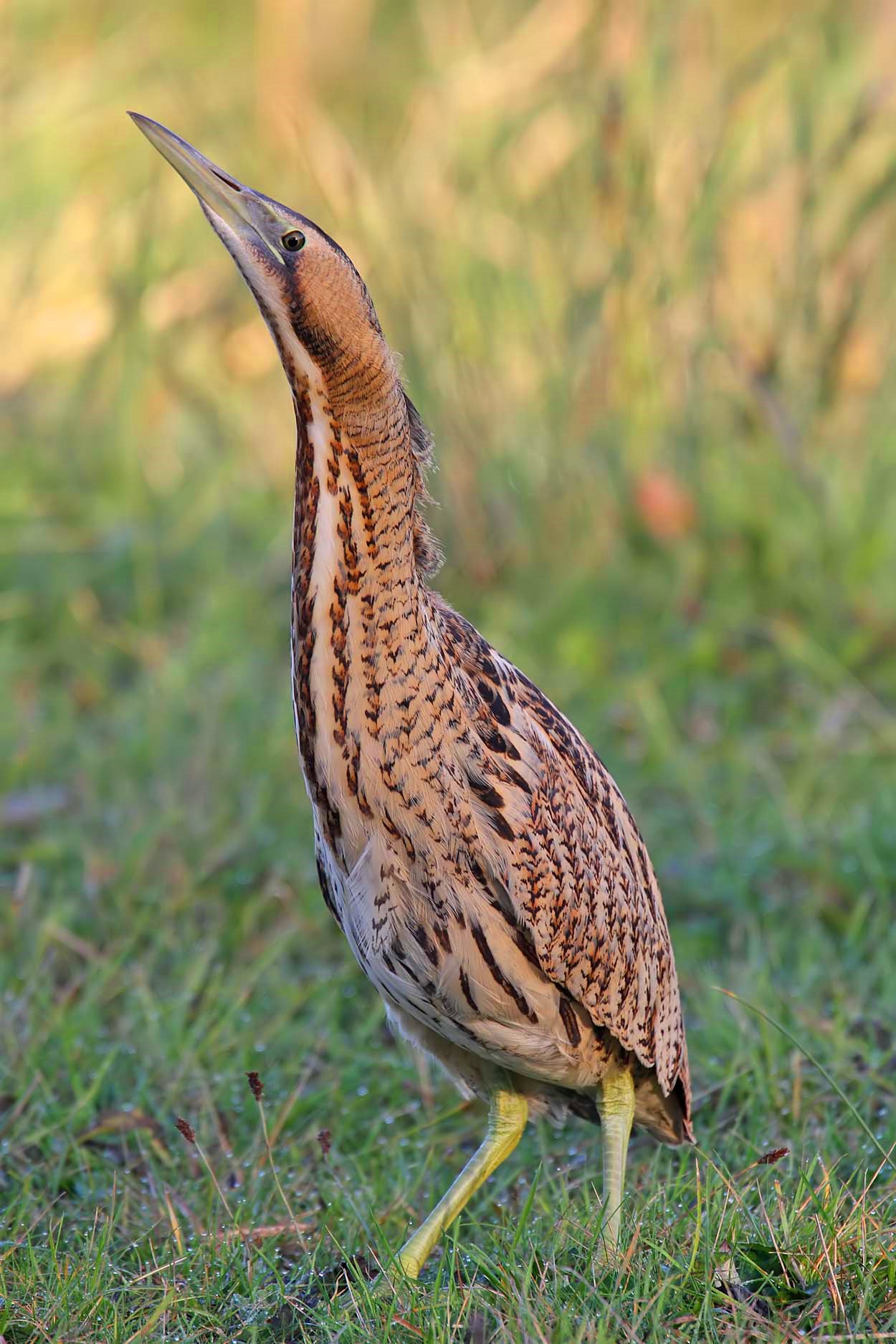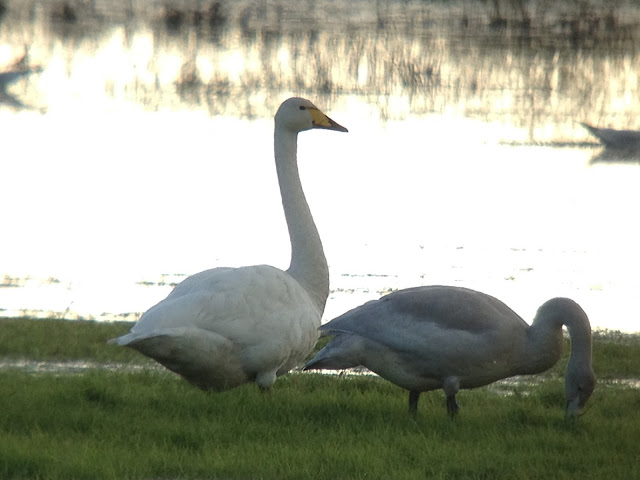Lorcan O'Toole, General Manager of the Golden Eagle Trust puts forward his thoughts on developing a future for wetlands in the mid-Shannon area which could form a Wetland Wilderness Park
“Rotha
mór an tSaol”, is an Irish phrase meaning the ‘big Wheel of Life’;
suggesting that life in general has a funny wait of repeating itself – rolling
on in a cyclical fashion.
For several centuries low lying areas with
shallow waters were deemed as wastelands. They were obstacles or barriers constraining the potential for arable or
livestock production and food. Our
recent history is full of defined periods of concentrated ‘drainage’ works; ‘winning’
the fields from the blight of rainfall and the misfortune of being in flooded hollows
and flatlands. But if we look to the
distant past, it was these wetland or coastal areas that hosted the earliest
settlements in Ireland. These sites were
ideally placed to harvest the rich local food supplies and materials on the
water’s edge.
In the modern era, we need to ask whether
there are some sites where allowing wetlands to recover could be of significant
benefit to local communities; in an era where our economy and society have a
much wider set of priorities, above and beyond food production. The concept of creating a Wetland
Wilderness on Mount Dillon bog, straddling the most ancient highway in Ireland
– namely the River Shannon, has been recognised by several local communities
over the past two decades. But now as the real opportunity presents
itself and as the ‘decision time’ approaches – there is a need for a widespread
public debate on the scale and ambitions of such a concept. This debate will primarily involve two to
four neighbouring counties, but it also merits some national focus and
consideration.
The array of stakeholders with a vested
interest in the future of this State-owned commercial peat-harvesting mosaic
reflects the spread of sinews that this site holds. And it seems that the optimum solution for
such a unique landholding merits a very honest and frank discussion, which
genuinely explores all the possible and sustainable options available in terms
of future management. If a singular commercial, societal or
environmental approach is adopted in terms of future management options for
these bogs; we will have failed future generations and communities living on
the periphery of these wetland areas.
For a variety of historical and political reasons; most Irish landscapes
have been managed primarily on the basis of an economic, a societal or an
environmental outlook.
Marrying all
three ‘spokes’ of the sustainability wheel together is far more complex than
some simple ‘theory’ or catch phrase - often espoused on promotional material. As a consequence, all stakeholders need to
be unusually honest and open in their evaluation and explanations of all the
potential management options for this special land holding. Because the surest ‘trap’ awaiting our
deliberations is that each stakeholder retreats in to their own ‘tent’ and
conceives a plan reflecting their own goals and priorities. But a partial ‘wheel’, containing only 90˚ or
120˚ of an ark, will not work and will not carry us very far forward.
Of course the Golden Eagle Trust has an
emerging vision of how this site could be utilised, which is in parallel with
the early visions of the people in Strokestown, Wetlands Heritage Ireland and
the National Parks and Wildlife Service and individuals like John Feehan and
Pat Warner.
But ultimately, the most important ‘voice’
will be that of the local communities on both sides of the Shannon, who will
need to appraise what type of management plan is best suited to employ and
retain local young people and thereby enrich future generations in a truly
sustainable and beneficial manner. There
is a very real sentiment on the ground that the people of Longford and
Roscommon and their ‘wishes’ need to be heard and respected, in this regard.
The whole concept of creating a wetland
tourism and societal ‘dividend’ would have found little public succour in the
1970’s. But in the near future there is going to be a public debate on how best
to manage these lands and the water that collects there. This approaching debate will take place in
an entirely different ‘global’ era. It
is vital that local communities, parishes and villages inform themselves of all
the varied opportunities that will shortly present themselves. And these communities can then consider how
best to blend the various potential strands and hopefully create a rather
unique landscape and a robust plan.
A rounded sustainable plan will be far more
durable & vibrant and more likely to roll over effortlessly, decade after
decade, and carry the revitalised communities forward with it.
 |
| wetlands re-forming on cutaway bog in the Mount Dillon area |










